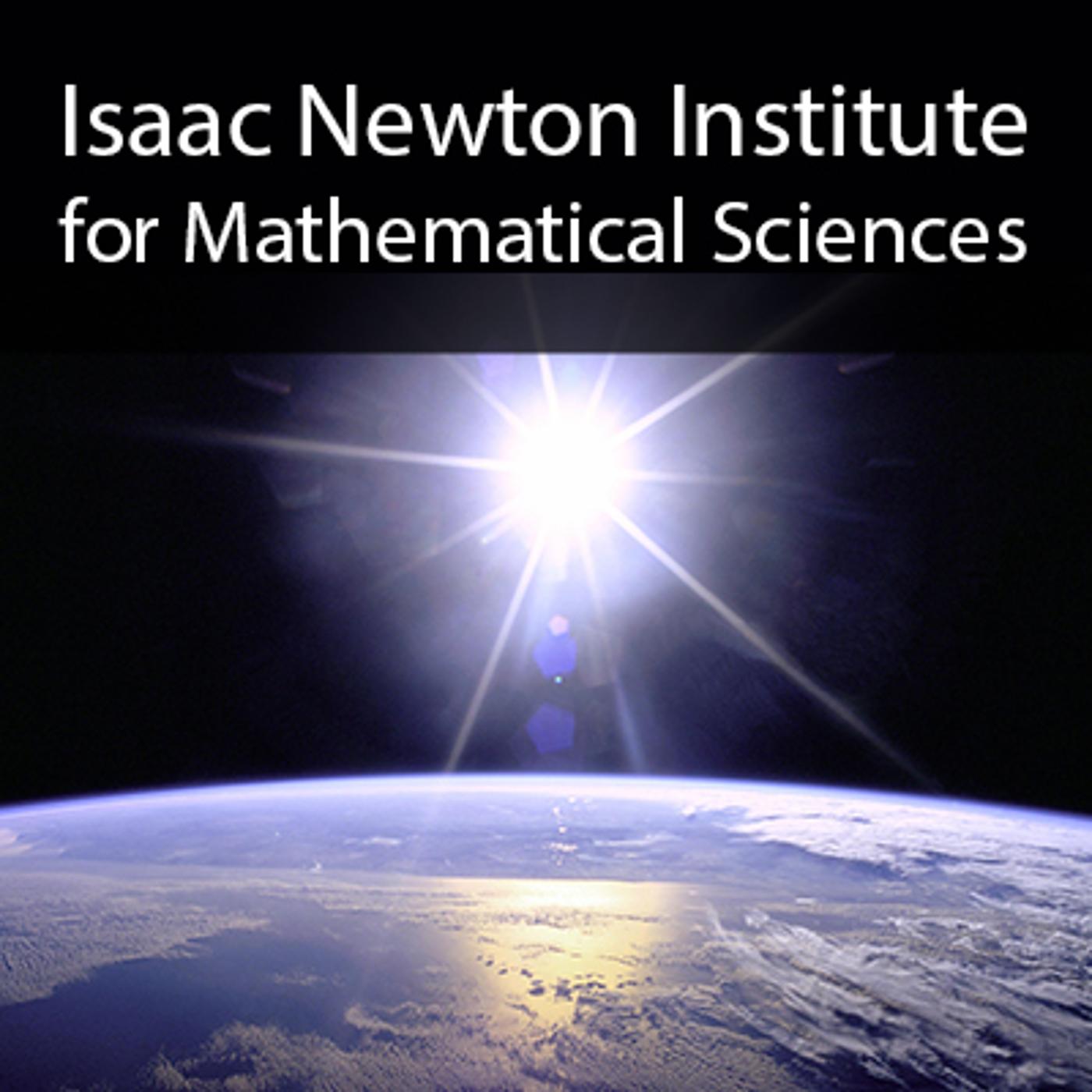The Range of Planetary Circulations Described by the Dry Primitive Equations
Update: 2013-12-11
Description
Co-authors: Jonathan Mitchell (UCLA), Sam Potter (Princeton University)
The dry primitive equations can, with appropriate forcing and dissipation, provide a reasonable simulation of the large-scale features of the Earth's atmosphere and ocean. In this talk I will describe the behaviour of these PDEs when they are taken out of the terrestrial parameter regime. In n particular, I will describe their behaviour when the thermal Rossby number, Ekman number and a radiative relaxation timescale are varied considerably, moving into a parameter regime more appropriate for Mars or Titan.
I will pay particular attention to the formation of zonal jets, and in particular of equatorial superrotation, which is a feature of some other planets. It is well-known that zonal jets robustly arise in rotating atmospheres if there is a wavemaker at a particular latitude. Rossby waves are then generated that propagate away, and eastward momentum converges on the source region producing a zonal jet. The Earth's jet stream is, in part, formed this way. However, on slowly rotating atmospheres it seems unlikely that superrotation is produced by that mechanism. Rather, simulations indicate that, at small thermal Rossby number, a mechanism involving equatorial Kelvin waves is involved.
The dry primitive equations can, with appropriate forcing and dissipation, provide a reasonable simulation of the large-scale features of the Earth's atmosphere and ocean. In this talk I will describe the behaviour of these PDEs when they are taken out of the terrestrial parameter regime. In n particular, I will describe their behaviour when the thermal Rossby number, Ekman number and a radiative relaxation timescale are varied considerably, moving into a parameter regime more appropriate for Mars or Titan.
I will pay particular attention to the formation of zonal jets, and in particular of equatorial superrotation, which is a feature of some other planets. It is well-known that zonal jets robustly arise in rotating atmospheres if there is a wavemaker at a particular latitude. Rossby waves are then generated that propagate away, and eastward momentum converges on the source region producing a zonal jet. The Earth's jet stream is, in part, formed this way. However, on slowly rotating atmospheres it seems unlikely that superrotation is produced by that mechanism. Rather, simulations indicate that, at small thermal Rossby number, a mechanism involving equatorial Kelvin waves is involved.
Comments
In Channel





